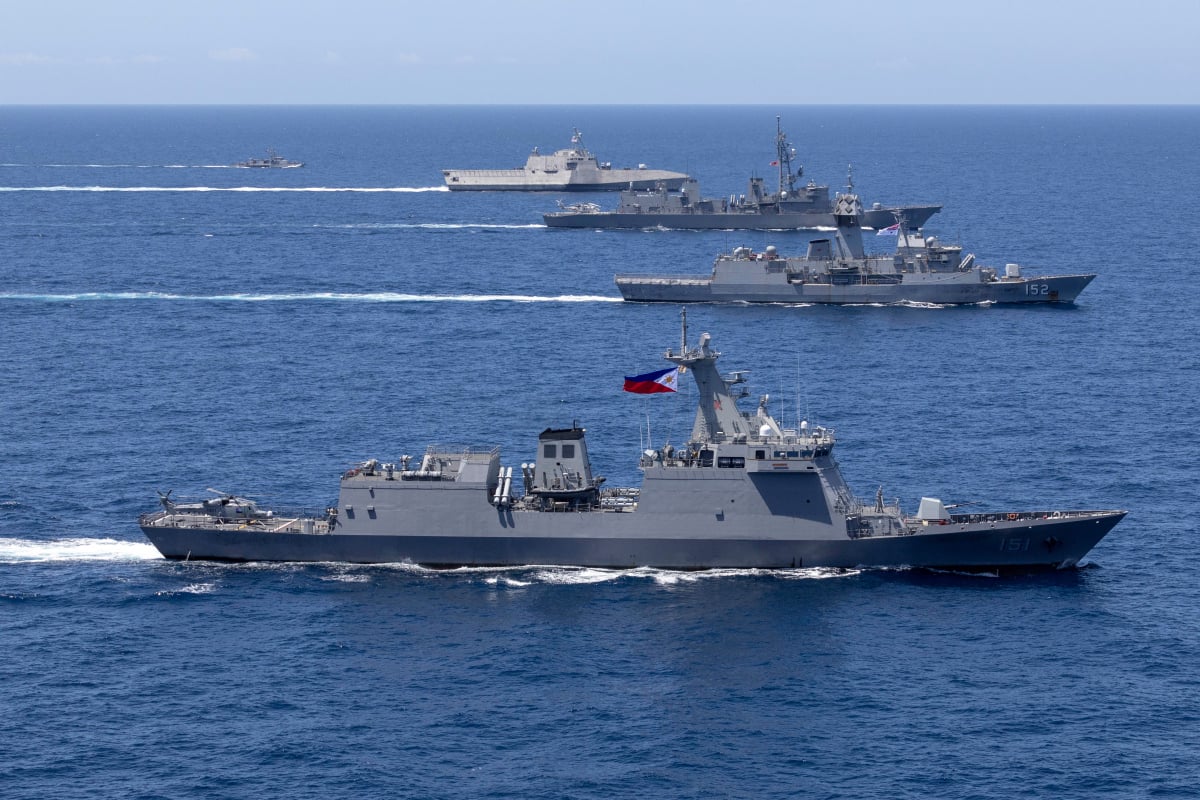States are increasingly standing up military and intelligence organizations for computer network operations. While countries everywhere perceive a need to attack and defend in cyberspace, cyber forces are of particular interest to security in Asia because they coincide with a regional investment in naval, air, and command, control and communications systems. And although American society may be vulnerable to disruption, highly technical and increasingly informatized Asian societies also face complex security challenges.
For years, most understood Asian cyber issues through the prism of China. Since the early 1990s, the Chinese have evinced an intense doctrinal and practical interest in information warfare. The Chinese simultaneously desired to “informatize “their conventional forces in imitation of the United States while developing command and control warfare tools as part of a larger asymmetric warfare strategy.
India is centralizing network defense around the National Critical Infrastructure Protection Centre, with the Intelligence Bureau in charge of patrolling government networks. The Indian Defense Intelligence Agency may be vested with power to conduct offensive attack. While India has not developed a cyber strategy like the United States, it is taking cyber seriously. As in the United States, India’s cyber efforts are split between civilian cybersecurity and the offensive tools of the state. Symantec recently decried a lack of security knowledge.
South Korea is looking to promote its cyber commander to major general from the rank of brigadier general. The South established its cyber command to map out strategies and carry out both wartime and peacetime operations in January 2010. Seoul also set up a cyber protection policy team at the Defense Ministry in March 2011. South Korea is investing in cyber operations to counter a known threat. North Korea launched a distributed denial-of-service attack to paralyze the banking system of the National Agricultural Cooperative Federation for several weeks in April 2011 and has jammed traffic navigation signals in the South last month.
 North Korean investment in cyber operations is put under the authority of the National Reconnaissance Bureau and the North is said to have 3,000 hackers on its payroll. While it may seem farfetched that a state as poorly developed, as the North could be a cyber power, Pyongyang has heavily invested in informatizing its military. Unlike China, which seeks to create information-warfare capabilities to augment its conventional forces, North Korea is looking to support its potent special operations forces and artillery combination. Cyber attacks, electronic warfare, and artillery all would support infiltration by special operations groups into the South to raise havoc.
North Korean investment in cyber operations is put under the authority of the National Reconnaissance Bureau and the North is said to have 3,000 hackers on its payroll. While it may seem farfetched that a state as poorly developed, as the North could be a cyber power, Pyongyang has heavily invested in informatizing its military. Unlike China, which seeks to create information-warfare capabilities to augment its conventional forces, North Korea is looking to support its potent special operations forces and artillery combination. Cyber attacks, electronic warfare, and artillery all would support infiltration by special operations groups into the South to raise havoc.
These cyber advancements cannot be viewed in isolation from the general growth of information technology in Asia. As Michael Horowitz argues, the ongoing spread of commercial information technologies and advanced production practices are expanding the information capacities of many East Asian countries. These countries lead the world in several emerging technologies—Japanese in robotics, the South Koreans and Taiwanese in substrate glass production for liquid-crystal displays and the Chinese and Taiwanese in semiconductors. Many East Asian states have deliberately nurtured leadership in key emerging technology markets through innovative public-private partnerships, and have amassed a substantial human capital base in information capabilities.
In South Korea, for example, a recent World Bank report cited investments in research parks to create inter-industry synergies, government support for links between key industries and universities and government spending on research and development in nanotechnology, biotechnology and other areas that Seoul sees as vital to successful efforts to stay at the forefront of high technology industry. These capabilities are the technical basis of investment in dual-use technologies, not only for carrying out computer network attacks but also in creating precision weapons and command and control weapons for maneuvering in cyberspace.
Cyberpower should be understood not just as the ability of execute computer network attacks, but also to utilize cyberspace to enable military operations in multiple domains. Cyberpower is critical to the general impact of the information-based revolution in military affairs in Asia. Integrated precision-strike networks command, control, computers and intelligence are crucial to the management of high-end air, naval, and missile systems. As Horowitz argues, there is a risk of an arms race in information-based weapons among Asian militaries.
State-on-state warfare, however, will not be the sole outlet for Asian cyberpower. More efficient military battle management militaries are also critical for disaster relief and counterterrorism. China’s People’s Liberation Army (PLA), for example, has looked at how the United States utilized modular force structure, logistics, and precision weapons to enable operations in Afghanistan’s mountainous expanse. While many of these capabilities carry over to conventional warfare, China also has internal security challenges in mountainous regions and has stepped up its general level of investment in internal security capabilities. Network-centric enabled maneuver by small units in Afghanistan thus caught the PLA’s attention.
Moreover, cyberpower can also enable states to project influence and engage in brinksmanship. North Korea has constantly provoked the South through various means of irregular force, and the development of cyber warfare capabilities will only create more ways to coercively posture. Not all cyberpower enables cyber war. There is also cyber conflict. China and the Philippines’ use of civilian vessels and obsolescent military vehicles to contest the South China Sea points to the age-old utility of discrete force to struggle for position. While nationalistic hackers and cyber espionage are common in Asia, more direct and kinetic means of coercion may also come to the fore.
Like the United States, Asian societies also face acute cybersecurity vulnerabilities. As a report recently noted, Asian countries are also tied into the growing trend of targetable cyber infrastructure. ATM networks, banking, and credit card networks all use the Internet, and the mobile revolution in Asia also renders consumers and organizations vulnerable to mobile malware. Control systems for critical functions increasingly tie into the Internet. The economic prosperity enjoyed by many Asian countries is also deeply tied to information technology. In India, data security problems threaten the outsourcing boom, e-payments and a $10 million government investment in e-governance technologies. China has suffered large-scale data breaches and struggles to exercise information control over its fractious and voluminous cadre of microbloggers. Japan has also been victimized by cyber-espionage on a massive scale. Asia will likely be central to 21st century cyberpower. Information age weaponry and battle management systems are key to military dominance, and offensive computer network attack will likely manifest itself in low intensity operations and high-end warfare.





